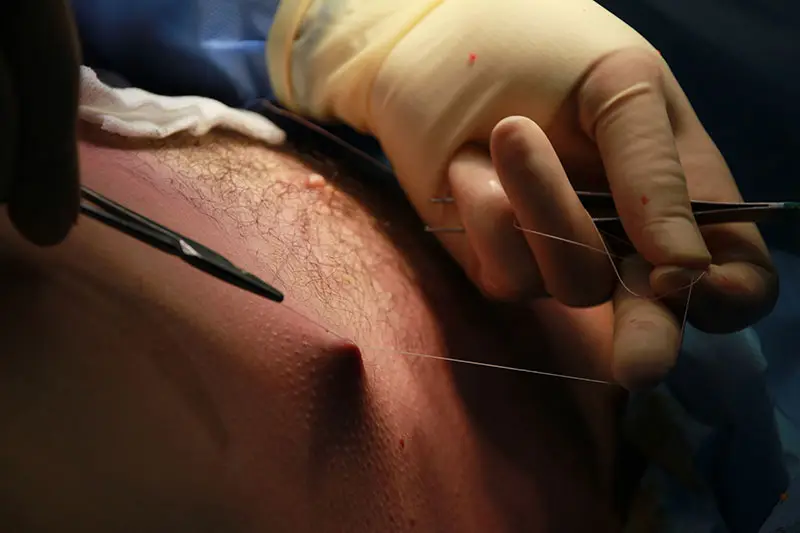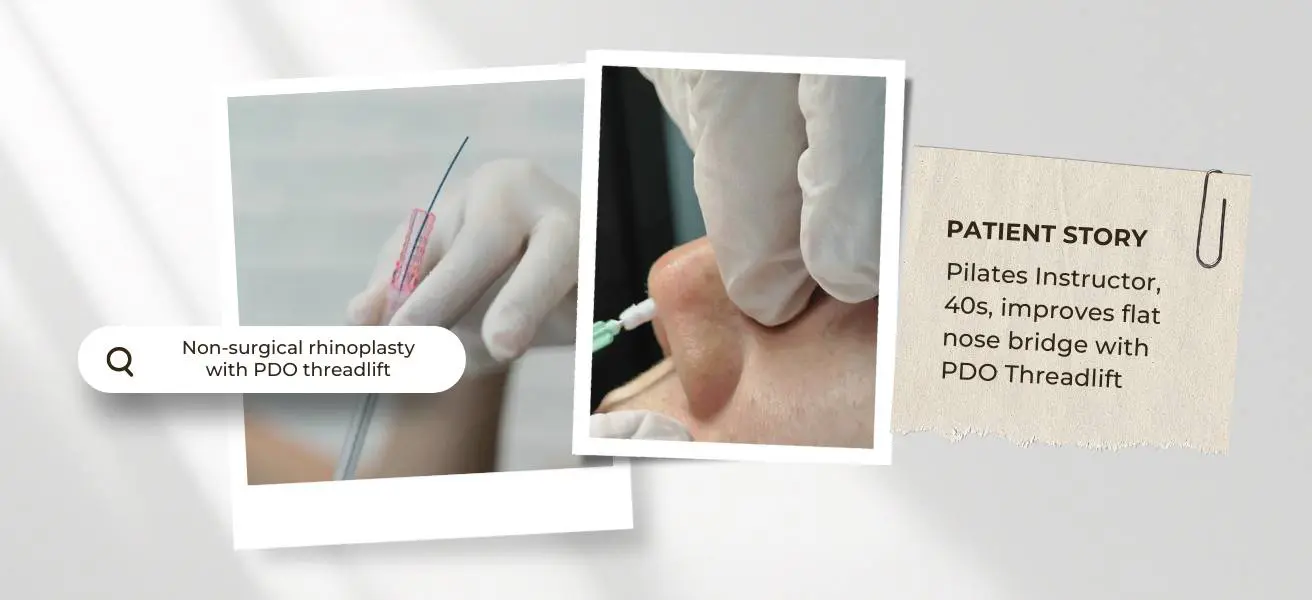"Abs are made in the kitchen." Weight loss, just like abs, also starts in the kitchen. Here are some healthy dietary habits to consider.
Table of Contents
Studies have shown the profound psychological impact that gynecomastia has on male sufferers. It may cause embarrassment, self-consciousness and a decline in self-esteem, leading to social anxiety and body image issues.
"Male patients who suffer from gynecomastia avoid removing their shirt in public settings, such as swimming or going to the gym, to avoid judgement or ridicule. In particular, adolescents with this medical condition experience increased psychological distress, as it coincides with heightened self-awareness and peer scrutiny," explains Dr Ivan Puah, who has been performing gynecomastia surgery for over 15 years in Singapore.
Possible risks & complications of gynecomastia surgery

When an inexperienced doctor performs gyno surgery, it can potentially lead to unsatisfactory results such as skin contour irregularities, incomplete breast tissue removal, and significant scarring, amongst others.
Just like any form of surgery, gyno surgery also carries possible surgical risks and complications.
Risks such as haematoma and seroma have an incidence rate of 5% to 10%, which may require patients to undergo further treatment, such as fluid aspiration and bleeding control.
Changes in nipple sensation and delayed wound healing of the incision site occur in less than 5% of cases.

Less than 5% of patients who had gynecomastia surgery may require further treatment or gynecomastia corrective surgery due to:
Scar tissue formation
Scar tissue formation forms naturally as part of the tissue healing process.
Scar tissue feels tight and firm initially, giving patients the false impression that gynecomastia might recur.
It may take months to mature; in such cases, manual lymphatic massage and steroid injections can reduce their visibility and soften the scars.
Residual breast fullness
Residual breast fullness whereby breast tissues ARE NOT removed or are PARTIALLY removed.
Crater Deformity
Crater Deformity, also known as "sunken nipples", can result from excessive tissue excision beneath the nipple-areola complex, insufficient tissue removal, or adhesion of the nipple-areola complex to the underlying pectoralis muscle.
Common Causes of Botched Gynecomastia Surgery

Botched gynecomastia surgery can occur for several reasons, often stemming from poor patient selection, unrealistic expectations, and inadequate communication between the doctor and patient:
- Inexperienced Gyno doctors: Doctors who lack experience in treating and operating on gynecomastia may cause unnecessary scarring and fail to remove enough glandular tissue, focusing only on fat removal.
- Improper Technique: Using the wrong instruments, applying excessive suction, or removing too much tissue can lead to deformities such as crater deformity.
- Poor Judgment: Misjudging the case, including the degree of loose skin and neglecting the muscular curvature of the chest, can result in unsatisfactory outcomes.
- Unrealistic Expectations: Unrealistic expectations set by either the patient or the doctor can lead to disappointment and the perception of a botched procedure.
Crater Deformity After Gynecomastia Surgery

A crater deformity is characterised by an indentation or "crater" in the chest area. Crater deformity following gynecomastia surgery results from tissue over-resection or improper healing post-procedure.
- Tissue Over-resection: Occurs when excessive tissue is removed during surgery, creating a depression or hollow area in the chest.
- Improper Healing: Skin that fails to retract properly after surgery can result in a saggy or loose appearance, exacerbating the deformity.
Gynecomastia revision surgery, and when is it necessary?
Gynecomastia revision, or corrective surgery, is a secondary procedure for men who have undergone the initial male breast reduction surgery but are dissatisfied with the results.
To prevent crater deformity:
- gyno doctors must thoroughly understand patient anatomy and employ appropriate surgical techniques.
- Clear communication and realistic expectations between the patient and doctor are crucial in achieving satisfactory surgical outcomes.
- Crater deformities can result in an unnatural look of the chest area and usually will need correction through revision surgery (gyno corrective surgery).
- During the gynecomastia revision surgery, fat grafting, where fat is harvested from areas like the abdomen or hips is transferred to the chest to fill the depression to restore a natural chest contour.
- Dermal fillers or biostimulators can be injected into the indentation as a non-surgical option.
Complexity of Gynecomastia Revision Surgery
Revision surgeries are more complex than initial procedures, carry higher risks, and require longer recovery times.
They are also more time-consuming and challenging, as the doctor must consider issues such as crater deformity, fibrotic scar tissues, tissue adhesions, and others.
Consulting a gyno doctor experienced in revision surgeries is crucial for understanding potential complications and achieving optimal results.
Typically, gynecomastia revision surgery may involve further glandular tissue removal, fat removal and chest sculpting, scar release and as mentioned earlier, fat grafting or non-surgical injectables.
Suitable candidates for gynecomastia corrective surgery

Patients with unsatisfied results from gynecomastia surgery may consider a revision SIX months after the initial operation. Suitable candidates for the revision surgery are:
- Those who are physically healthy and do not have pre-existing medical conditions that could pose risks during the surgery or hamper the healing process.
- Those who are emotionally prepared have realistic expectations of what can or cannot be achieved.
- Those fully aware of and understand this procedure's risks, complications and potential benefits.
- Those committed to following the postoperative care instructions, such as putting on a compression garment 24/7 for SIX to EIGHT weeks
- Those aware that smoking can impair healing, so it is best to stop smoking.
- Those who understand pain, bruising, and tissue swelling commonly experienced with their initial gynecomastia surgery are also expected with the revision procedure.
Where to go for gynecomastia corrective surgery
Founded in 2004, Amaris B. Clinic offers medical aesthetics, body sculpting, and fitness solutions under the leadership of Dr. Ivan Puah, who performs gynecomastia and corrective surgeries.
Dr Puah has developed two proprietary surgical techniques: the 360°GTD® for gynecomastia and MDC-Sculpt® Lipo technique for liposuction. The clinic adopts a patient-focused approach, tailoring personalised surgical strategies for each gynecomastia case to ensure effective and individualised care.
Dr Ivan Puah emphasises, "We understand the profound impact gynecomastia has on men, and more so for those who had unsatisfactory gynecomastia surgery. We prioritise patient education and thoroughly discuss expectations while providing comprehensive information about any concerns. It is important to manage their expectations realistically, not overpromising and underdelivering results."





























